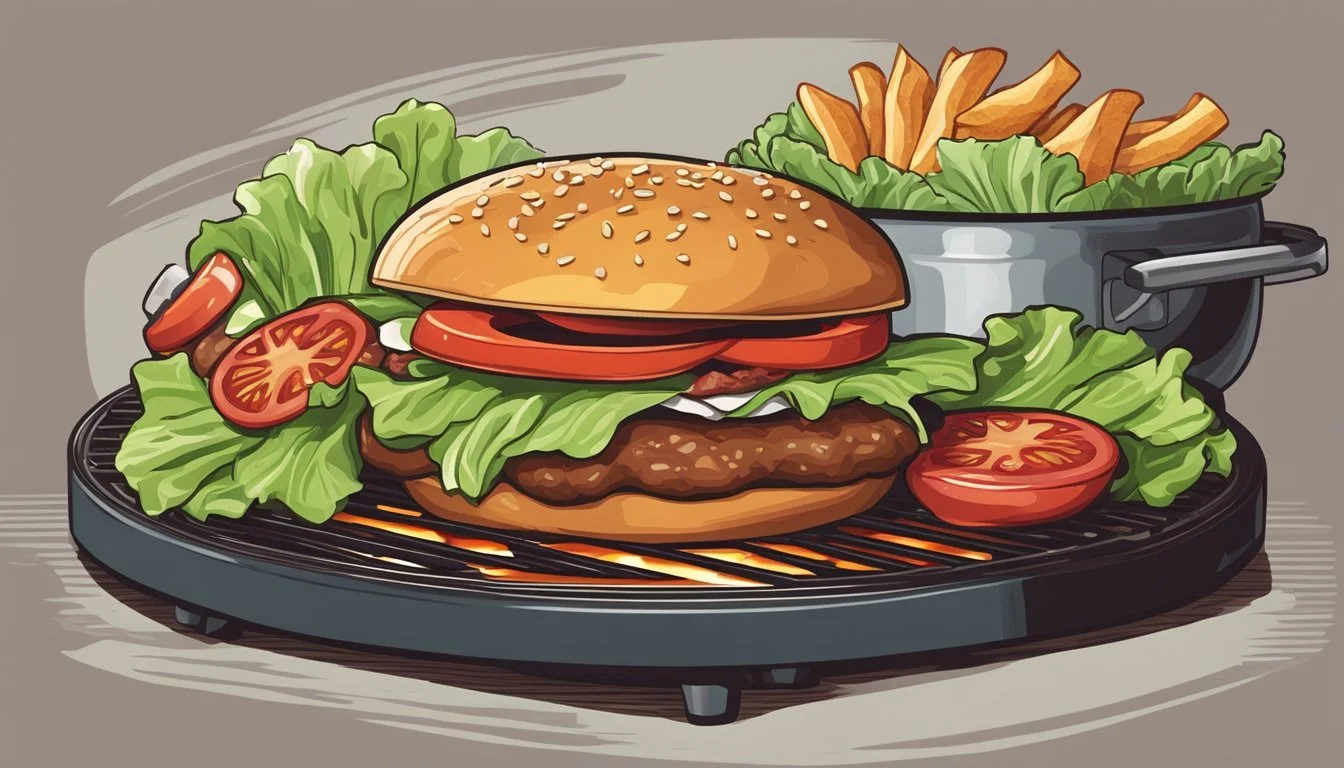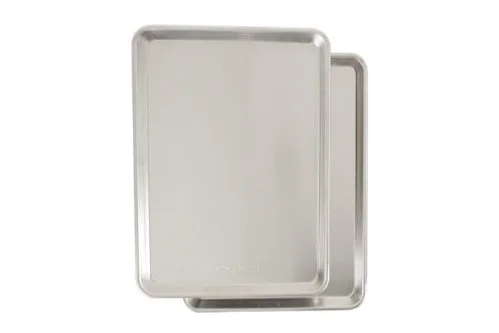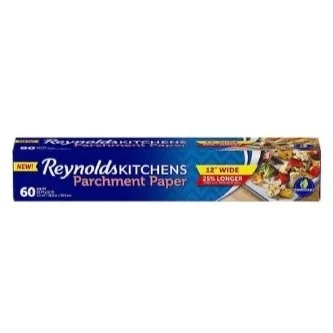How to Craft the Perfect Carnivore Diet Burger
Mastering the Ultimate Meaty Creation
Crafting the perfect burger for those following a carnivore diet requires a focus on high-quality animal products while eschewing traditional fillers like bread, grains, and plant-based ingredients. A carnivore diet, largely composed of meats and other animal products, posits that these foods are optimal for human health. The challenge in creating a burger that complies with this dietary approach is to ensure that it is both nutritionally adequate and satisfying, providing a balance of fat and protein that adheres strictly to the carnivore ethos.
To achieve the quintessential carnivore diet burger, a minimalist approach is taken, concentrating on the purity and flavor of the meat. Ground beef (how long does beef last?) of a certain fat content often forms the base of the patty, seasoned minimally to enhance but not overpower the natural taste of the beef. The art of cooking the patty to the desired level of doneness further refines the flavor profile, creating a burger that is both juicy and savory.
Nutritionally, such a burger fits well within the parameters of the carnivore diet, eliminating carbs and focusing on the macronutrients present in meats. Cheese, eggs, and certain zero-carb bread substitutes, usually made from animal products, may be introduced to add variety in texture and taste, along with additional fat and protein. The result is a carnivorous creation that aligns with dietary principles while delivering a deeply satisfying eating experience.
Choosing the Right Meat
When crafting the perfect Carnivore Diet burger, the selection of meat is pivotal. It should be rich in protein and the appropriate fat content to ensure flavor and juiciness.
Selecting Quality Beef
The foundation of a Carnivore Diet burger often lies in high-quality beef. One should opt for ground beef that has not been overprocessed, fresh rather than frozen, if possible. The emphasis is on the beef's origin, ensuring it is grass-fed and organic to maximize the nutritional benefits, taste, and quality of the protein.
Options for Pork and Other Meats
While beef is traditional, one can also use ground pork or a mix of meats in their burger. Ground pork, lamb, and bison (What wine goes well with bison?) are viable choices and can be sourced from reputable suppliers who prioritize animal welfare and sustainable practices. The inclusion of alternative meats can introduce varied flavors and textures to the burger.
Understanding Fat Content
The fat content in meat is crucial for the right mouthfeel and taste. Typically, a ratio of 80/20 (80% lean meat to 20% fat) is suggested for beef burgers to maintain moisture and flavor. The fat-to-protein ratio impacts both the calories and fat content of the burger, striking a balance for those on the Carnivore Diet.
Adjusting fat levels can be done to fit one's specific dietary goals while still adhering to the principles of the Carnivore Diet.
Preparation Essentials
In crafting the perfect carnivore diet burger, one must pay close attention to the preparation of the patties, the application of seasonings, and the setup of the cooking space. These steps are crucial to achieving a flavorful and satisfying burger that adheres to the carnivore diet guidelines.
Mixing and Shaping the Burger Patties
To start, the burger meat—preferably a high-fat ground beef—should be placed in a mixing bowl. Combining the meat with just the right amount of water can help in achieving the desired tenderness. Consistency is key when forming the patties, and they should be mixed thoroughly to ensure even flavor and proper binding. After mixing, the patties should be shaped to about half an inch thick and roughly four inches in diameter, providing an ideal size for cooking and serving.
Burger Patties:
Shape: Round, 4 inches wide, 1/2-inch thick
Set: Allow to rest for at least 30 minutes before cooking
Seasoning for Flavor Enhancement
While the carnivore diet typically avoids plant-based ingredients, certain spices are often permitted to enhance the flavor of the meat. A simple yet effective blend of salt and pepper can be used to season the patties. For those who include spices, a mix of onion powder, paprika, garlic powder, and black pepper can provide a robust flavor profile. It's essential to sprinkle the seasonings uniformly over the patties, ensuring every bite is rich in taste.
Seasoning Mix (Optional):
Salt: Sea salt recommended
Pepper: Freshly ground black pepper preferred
Additional spices: onion powder, paprika, and garlic powder (if desired)
Discover the endless possibilities of buying salt, pepper, onion powder, paprika, and garlic powder online!
Setting Up Your Cooking Station
Before heating the skillet or grill, one should organize all necessary tools and ingredients within reach. This includes the seasoned patties, a spatula for flipping, a plate for the finished burgers, and any additional equipment like a burger press or bacon (how long does bacon last?) press. A well-prepared cooking station enables the cook to focus on achieving the perfect sear and internal temperature without distractions.
Cooking Station Checklist:
Skillet or grill
Spatula
Plate for serving
Cooking oil (if using a skillet)
Online stores offer unbeatable prices for skillet and spatula, so don't miss out!
Cooking Techniques
Crafting the perfect carnivore diet burger is an art that hinges on mastery of cooking techniques. Each method can affect texture and flavor, ensuring that one can achieve their desired level of doneness and a golden brown finish.
Grilling for Optimal Taste
Grilling imparts a distinct flavor that is highly sought after for carnivore burgers. It's important to preheat the grill to a high temperature to ensure the patties sear quickly, locking in juices. Burgers should be placed directly on the grill grates and flipped only once to get that perfect golden brown crust. A meat thermometer comes in handy to check for doneness, aiming for an internal temperature of 160°F for full doneness.
Preheat: High temperature
Cook time: Varies by thickness
Flip: Once for a sear
Internal temperature: 160°F for full doneness
Oven Baking for Convenience
Oven baking is a less hands-on approach that can yield evenly cooked burgers with ease. Position the patties on a parchment paper-lined baking sheet to prevent sticking, and bake in a preheated oven. This method allows for cooking multiple burgers simultaneously and without the need to monitor as closely as one would on a grill or stove.
Oven Baking Steps:
Preheat oven.
Line a baking sheet with parchment paper.
Bake until the desired doneness is reached.
Experience the convenience and savings of buying baking sheet and parchment paper online!
Stovetop Methods
The stovetop is versatile, allowing the use of a non-stick frying pan or a griddle pan for cooking burgers. One should add the patties when the pan is sufficiently hot to create a sear that locks in flavors. Using a pan also makes it simpler to collect and cook with the burger’s own juices or added fats, such as bacon grease, enhancing the overall richness.
Heat pan to high before adding patties.
Flip carefully to maintain a crust.
A griddle pan may add char lines for visual appeal.
Assembling the Carnivore Burger
Crafting the perfect carnivore diet burger involves focusing on high-protein, zero-carb components and eliminating traditional fillers like bread buns. This section outlines how to select appropriate toppings and construct a satisfying bunless burger that aligns with the carnivore diet.
Selecting Carnivore-Approved Toppings
Toppings that fit within the carnivore diet are primarily animal-based products. Here is a list of recommended toppings:
Eggs: A fried egg can add richness and additional protein.
Cheese: Opt for shredded mozzarella cheese or slices of other natural cheeses.
Bacon: Crispy bacon strips add crunch and flavor.
Butter: A dollop of butter can enhance the juiciness of the burger patty.
Building the Bunless Burger
Creating a bunless burger is straightforward and emphasizes the essence of the meat. The process involves:
Form Patties: Shape ground beef into patties that are half an inch thick and approximately four inches wide.
Cook Patties: In a skillet over medium-high heat, cook patties to the desired level of doneness.
Construct Burger: Place the cooked patty on a plate.
Add Toppings:
Top with a fried egg, if desired.
Add slices of crispy bacon.
Sprinkle with shredded mozzarella cheese and allow it to melt over the warm patty.
Serve: Present the burger with any additional desired toppings such as a slice of pork belly (What wine goes well with pork belly?) or a pat of butter for added fat content.
Serving and Presentation
The presentation of a carnivore diet burger can enhance the dining experience by emphasizing the rich flavors and carefully chosen ingredients. Proper serving techniques and select pairings can make a substantial difference in enjoyment.
Plating Your Carnivore Diet Burger
When plating a carnivore diet burger, one should focus on showcasing the burger's quality and simplicity. The burger should be positioned centrally on the dish to draw immediate attention. If a zero-carb bun is used, it can serve as a base to emphasize the burger, creating an inviting elevation. For an open-face presentation, placing the bottom bun beneath the patty and toppings allows each element to shine.
Texture Contrast: To add visual texture without compromising the carnivore diet principles, one might consider garnishing with a crisp lettuce leaf or layering a meat such as bacon beneath the burger to provide a color contrast against the plate.
Color Palette: A clean, neutral-colored plate can serve as an ideal backdrop, ensuring that the rich, warm hues of the meat stand out.
Accompaniments and Drink Pairings
Pairing your carnivore diet burger with drinks should be done thoughtfully to complement the richness of the meat.
Tea: A bold black tea or a smoky lapsang souchong can counterbalance the burger's fat content.
Coffee: A strong, black coffee can provide a robust flavor contrast to the savory meat.
One must remember not to include typical high-carb accompaniments like fries or soft drinks. For those following a strict keto approach, stick to zero-carb drink options to maintain ketosis.
Drink Table:
Tea
Specifics: Black, Lapsang Souchong
Notes: Complements through robust flavors
Coffee
Specifics: Black, No Additives
Notes: Provides a strong flavor contrast
Pairing suggestions should not overpower the burger but rather enhance the meal's overall flavor profile, aligning with the dietary principles of carnivore and keto dieters.
Dietary Considerations
When constructing the perfect Carnivore Diet Burger, a clear understanding of the dietary impact is essential for adherence to specific nutritional regimens.
Macronutrient Breakdown
The Carnivore Diet Burger focuses on a macronutrient ratio that is high in protein and fat with negligible to zero carbohydrates. Typically, it consists of beef and other animal meats, which bring a robust profile of nutrients. Protein is abundant and is an essential macronutrient for muscle repair and overall bodily function. Fat content varies depending on the types and cuts of meat used but generally contributes to satiety and energy. The bun, often seen as a source of carbohydrates, is replaced with alternatives that have almost zero carb content, aligning with the diet's guidelines.
Calories: The caloric content is primarily from fat and protein.
Carbohydrates: Virtually absent or limited to 1 g net carbs or less.
Protein: High ratio, providing sustenance and supporting muscular health.
Suitability for Keto and Zero Carb Diets
The Carnivore Diet Burger seamlessly fits into a ketogenic or zero carb dietary approach due to its macronutrient composition. The negligible carbohydrate levels ensure that one can maintain a state of ketosis, a hallmark of the keto diet, where the body uses fat as the primary fuel source instead of carbohydrates. As all components are animal-based, this meal aligns well with a zero carb eating plan that excludes plant foods.
Keto Diet: Suitable due to low carb content, high in protein and fat.
Zero Carb Diet: Compliant as the meal consists solely of animal-based ingredients.
Carnivore Burger Variations
Creating the perfect carnivore diet burger centers on using pure animal products and ensuring no carbs sneak into the meal. Variations come in the choice of meats, cheeses, and inventive use of spices and sauces that adhere to the zero-carb principle.
Experimenting with Different Meats and Cheeses
Carnivore diet enthusiasts are not limited to traditional ground beef patties. A variety of meats such as ground lamb, chicken, and even game meats can be used to craft unique burger flavors. Cheeses offer another layer of taste and texture. Choices range from cream cheese (how long does cream cheese last?) blends to aged, hard cheeses that provide a robust flavor.
Meats: Ground beef, lamb, chicken, bison
Cheeses: Cheddar, mozzarella, cream cheese, gouda
One can shape patties using a burger press for uniformity or hand-mold them for a more rustic approach. To bind the meat, a food processor can blend chicken or lamb with spices, and a bit of cream or egg to hold the mixture together.
Sauces and Spices without Carbs
Condiments are typically loaded with sugars and unwanted carbs. However, sauces like mayonnaise or ranch dressing can be homemade to ensure they're carb-free. Spices and herbs serve as essential elements for adding flavor without the extra carbs.
Sauces: Homemade mayonnaise, spiced ghee, ranch dressing
Spices: Salt, pepper, garlic powder, paprika
One might cook their burger in ghee, a form of clarified butter, to introduce a rich, nutty flavor that complements the meat beautifully. The key is ensuring all added ingredients are strictly animal-based and contain no hidden sugars or fillers.
Avoid the crowds and shop for ghee online from the comfort of your home!















